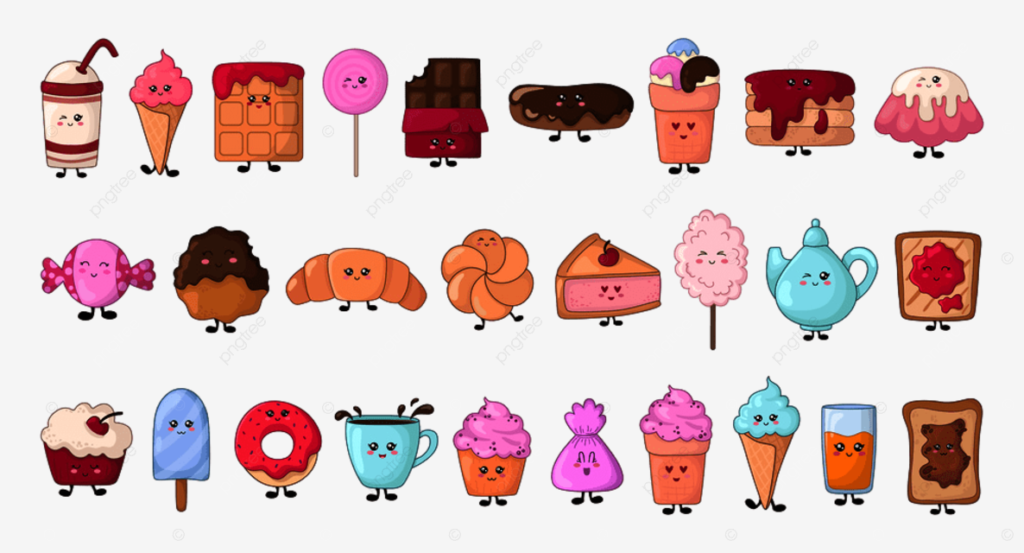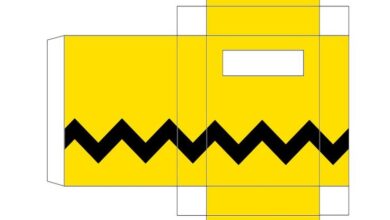Art:12vqykaeqx4= Cute Kawaii

The phenomenon of kawaii art, epitomized by “Art:12vqykaeqx4= Cute Kawaii,” raises intriguing questions about cultural representation and emotional resonance. This art form, characterized by its vibrant colors and charming figures, not only reflects a unique aesthetic but also serves as a vehicle for broader cultural narratives. As it merges contemporary influences with traditional elements, one must consider how this evolution shapes our understanding of innocence and joy in a global context. What underlying themes contribute to its universal allure, and how might they inform future artistic expressions?
What Is Kawaii Art?
Art:12vqykaeqx4= Cute Kawaii, a cultural phenomenon that originated in Japan, embodies an aesthetic characterized by its emphasis on cuteness and innocence.
This genre features kawaii characters, which often evoke feelings of warmth and nostalgia.
The proliferation of kawaii merchandise, ranging from plush toys to stationery, reflects the widespread appeal of this art form, ultimately serving as a vehicle for self-expression and a celebration of individuality.
Read more: Art:9zovjab_P4a= Rococo Style
Cultural Origins and Influences
Emerging from the rich tapestry of Japanese culture, kawaii art reflects a unique blend of historical, social, and artistic influences.
Rooted in kawaii history, this aesthetic embodies a cultural significance that transcends mere cuteness, symbolizing innocence and vulnerability. It challenges societal norms, fostering an environment of acceptance and freedom.
As a result, kawaii has become a global phenomenon, resonating deeply across diverse cultures.
Evolution of Kawaii Aesthetic
As societal values and technological advancements have shifted, the kawaii aesthetic has evolved significantly, reflecting changing cultural dynamics both in Japan and around the world.
Kawaii fashion now incorporates diverse influences, expanding beyond traditional motifs.
Contemporary kawaii characters embody individuality and creativity, resonating with a global audience.
This evolution showcases a blend of nostalgia and modernity, fostering an inclusive appreciation for cuteness that transcends cultural boundaries.

Kawaii Art in Popular Culture
The pervasive influence of kawaii art in popular culture is evident across various mediums, from fashion and animation to digital art and advertising.
Kawaii fashion, characterized by playful aesthetics and vibrant colors, has captivated global audiences, while iconic kawaii characters like Hello Kitty and Totoro embody innocence and charm.
This cultural phenomenon reflects a collective yearning for joy, nostalgia, and whimsical expression in everyday life.
Read more: Art:12drwlih08o= Velma
Conclusion
In conclusion, Art:12vqykaeqx4= Cute Kawaii stands as a vibrant tapestry, weaving together threads of innocence, individuality, and cultural heritage. Its playful characters and vivid colors evoke a sense of wonder, inviting audiences to explore the depths of joy and nostalgia. This enchanting aesthetic not only transcends geographical boundaries but also fosters a global appreciation for cuteness and whimsy. As kawaii art continues to evolve, it remains a poignant reminder of the universal human desire for connection and delight in the simple joys of life.





